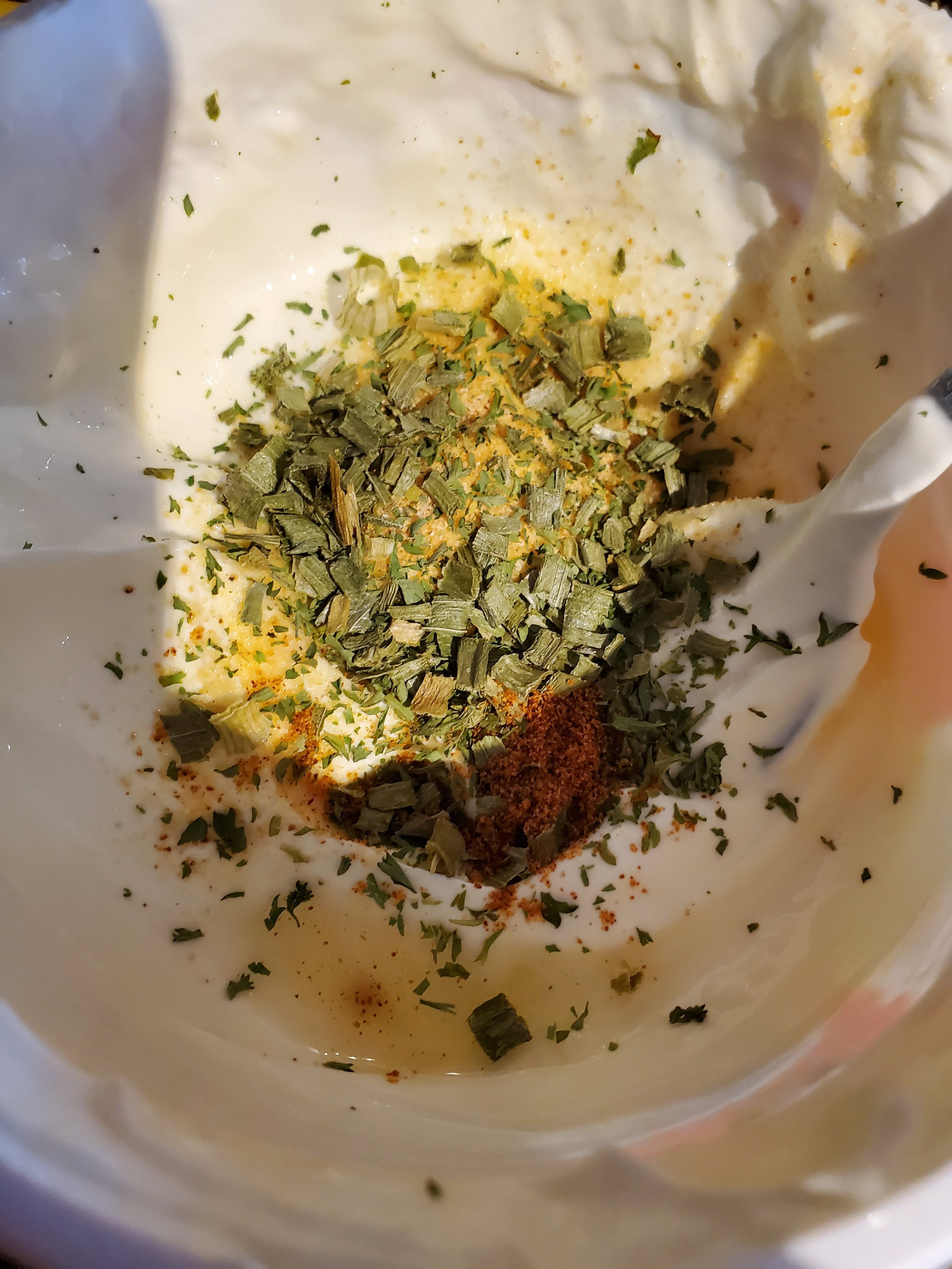Channeling the Coastal Elegance Into Your Home
If you want to bring a touch of five-star elegance to your home, look no further than the French Riviera. From Saint Tropez to Cannes and Nice, the Riviera has inspired interior design for over a century. Imagine the wind in your hair stretched out under a white linen tent and a glass of chilled wine in hand. The Riviera has been a resort area since Roman times and has developed a style that reaches deep into the past while still being unique and modern.
What are some color schemes that work well with French Riviera decor?
On your walls white is the only thing you need. Wherever you go on the Riviera, your walls are largely uninterrupted White. Whether you want to go plaster or whitewash, you want to go with crisp linen to add movement; as long as it's white, you're on the right track.
Not only does white allow light to be bounced back and thus heat to be bounced back, it also keeps rooms that might otherwise feel small and cramped feeling much more open and airy. You'll choose your white depending on the intention of the room and how much natural light you've got coming in, but you're looking for something very bright and pure.
When you start wanting to add color, look to blue first. Whether that is a pale and light Wedgewood blue from old English china or the brilliant and stunning blue of lapis, it's still your first go-to color. The Riviera is known for its blue skies in all shades, and that's what you're recreating here. Pair it with the rich earthy tones of terracotta, and you'll have a very good recreation of the sky and the sand of the Riviera. Bring in some gold and pale pinks for details and accessories, and you can bring in an upscale and modern atmosphere. Golds and rich deep coffees are also wonderful for layering in depth and accentuating the luxurious surroundings.
What are the key elements of French Riviera decor, and how can you incorporate them into your home?
Natural Fibers
Now that you've chosen your color palette and chosen the specific white for your walls, it's time to look at filling your home with the different furniture that you need. Although you can make French Riviera Decor very modern, it's also a very old style.
Start with looking to natural fibers. Cool crisp linens, hide, leather, cotton, and short-pile wool are all ideal for the furniture and rugs that you want around your home. Opt for white textiles with white work embroidery to bring in a more upscale and suite-like feeling.
Think of furniture also made from natural materials like cane or willows in small doses around the room.
Look To The Past
For more statement pieces, we're looking at a period-informed style. French interiors have never really recovered from the impact of Napoleon the First's neoclassical style, and that is obvious in the way many decors are layered with inherited furniture, art collections, and various gilded bits and bobs. The French Riviera look is actually a carefully curated mix of French history and culture, with Roman and Greek smashed together with coastal light drifting throughout. It is a very light, soft, and floaty design. In terms of furniture, you only need a few well-spaced upscale pieces. It must be in shades of either mahogany or ebony and when balanced against the space and whiteness of the room, allows it to act as an anchor. You wouldn't necessarily load up your wall and go high Victorian or cottage core. When you're dealing with the heat of the Riviera, you want air to be able to move, which inside means as much space as you can have.
Windows
A quick note on windows and window treatments, white, white, more white. You don't want creams or grays, you might go for some blues in tiny details, but for the most part, it's more white. Reach for linens and cotton for your curtains, and if you can use or install floor-to-ceiling windows, do it.
Feeling the Seaside Vibe
If you're looking to bring some more beach-y looks to your new decore, look for whether you can add in stripes. You'll want to go with either tans or marine blue for the oh-so-classic deck chair. You can even go for some windswept pieces scattered around as decor but don't go so far that you end up with a rustic or beach-shack look.
Let Yourself Be Flashy
Crystal is a wonderful way to evoke the jet set of the Riviera when used in restrained doses. Swaying in long chains to create a chandelier or used on a candelabra here or there, the beautiful prisms that they create add to the room without overpowering it.
With that, we'll close out another monthly decor series. What do you think? Where does French Riviera decor rate on your scale? Let us know over on our Facebook! As always, we want to hear from you.
If you're daydreaming about getting away to the French Riviera because your appliances have been up and quit because of the heat, we can help. Reach out to us at our offices ((214) 599-0055) or by going over to our contact page. So long as you're within our area of Texas, we would love to help get your home running smoothly again.


















